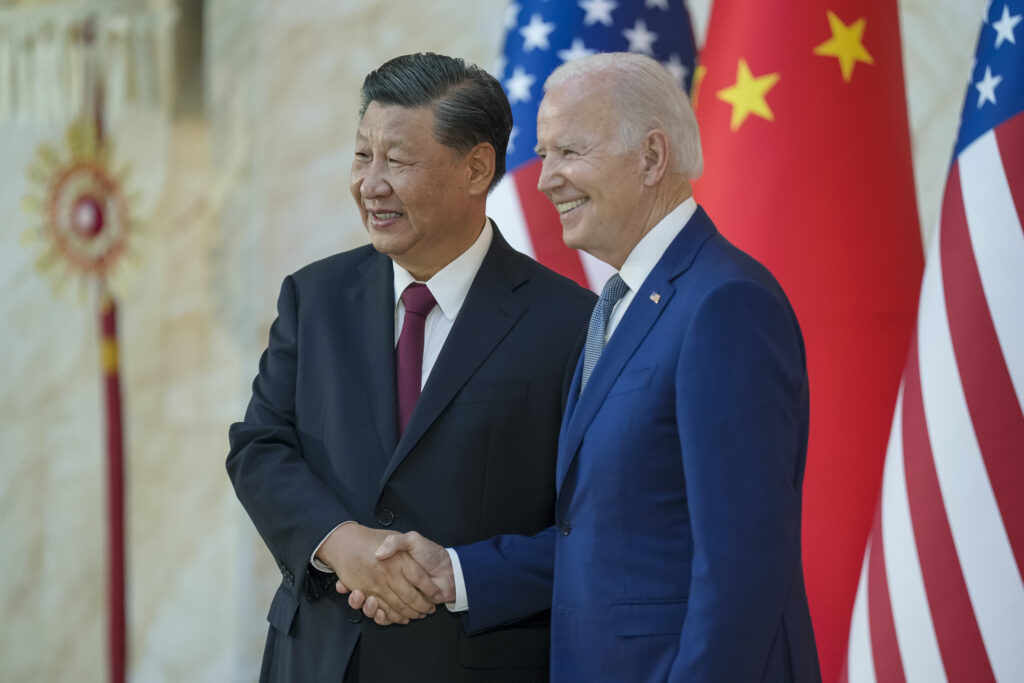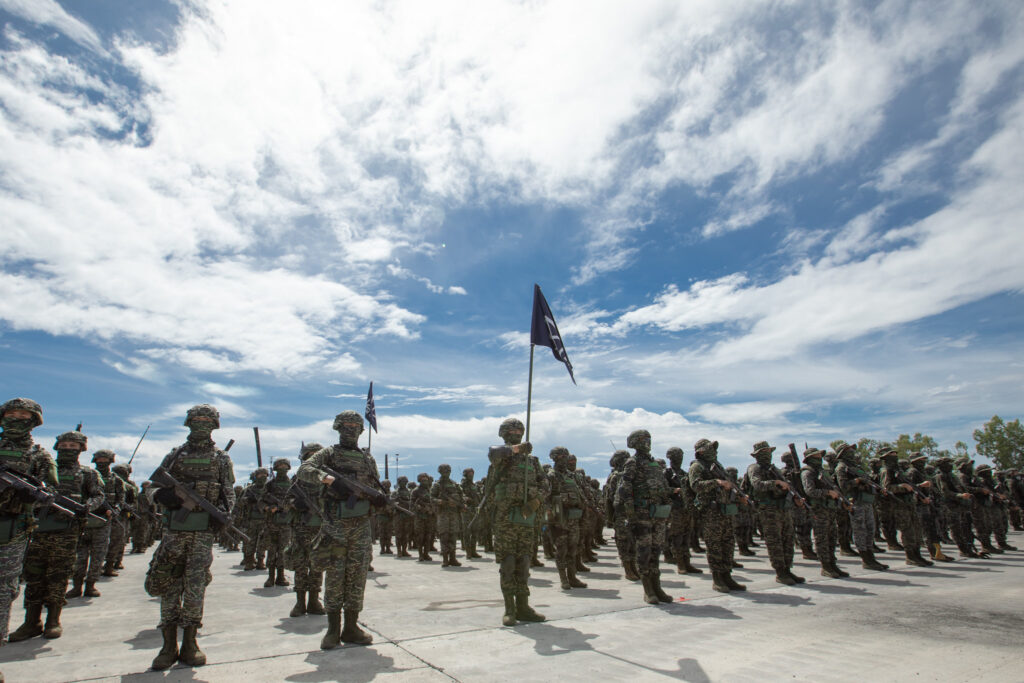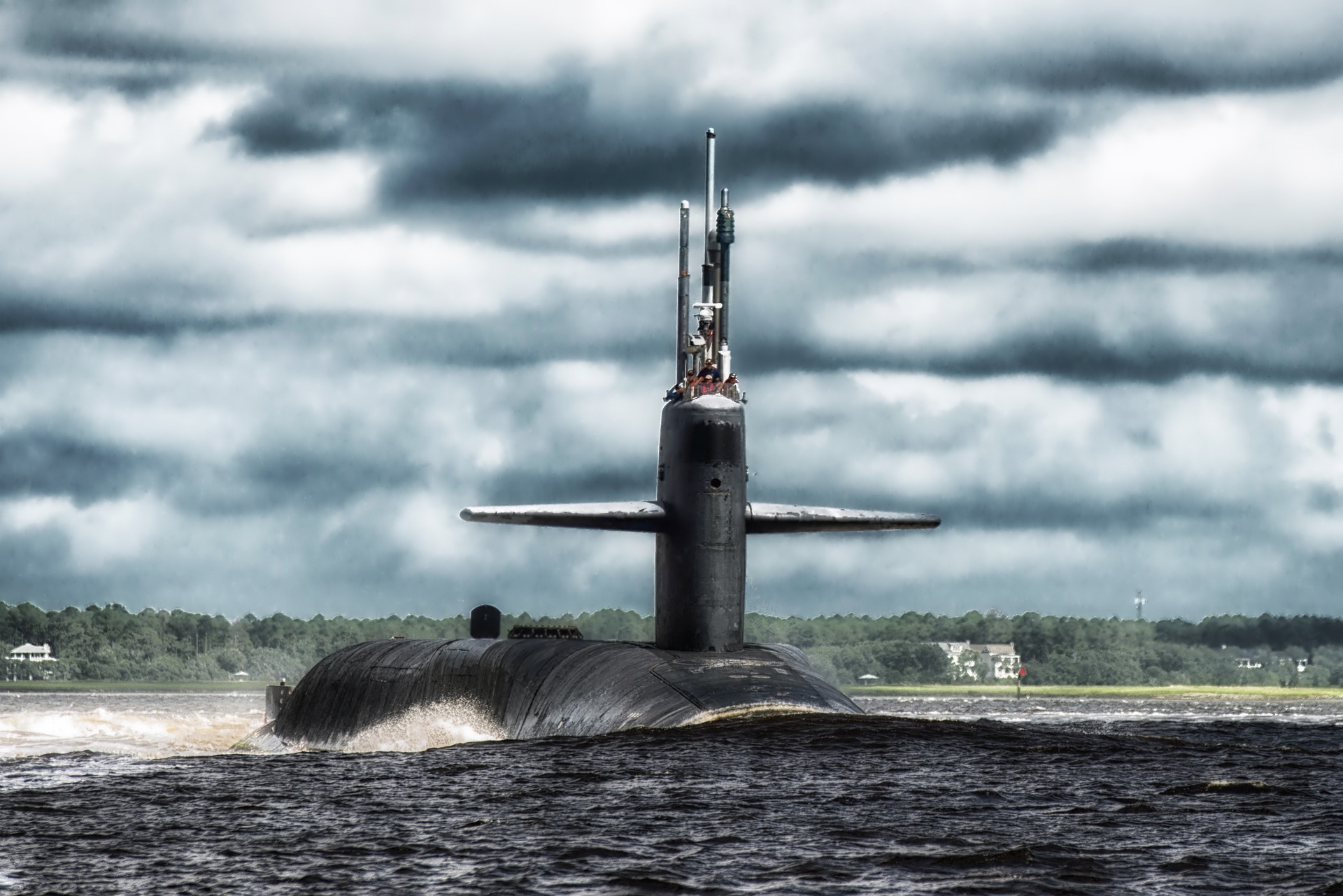On 23 December 2023, US President Joe Biden signed the National Defense Authorization Act (NDAA) into law. The NDAA — which has been consecutively updated and renewed at the end of every year since 1961 — determines appropriations for the US Department of Defence (DOD) and orients the American military’s objectives for 2024 by both building upon extant military programs and introducing new ones.
In its 973 pages, the NDAA includes important provisions such as pay raises for active personnel and increased engagement in the ongoing conflict in Ukraine, where the US just deployed a USD 250 million security assistance package. Yet, a considerable portion of the document is occupied by details concerning China, Taiwan, and the US’s evolving role in the wider Indo-Pacific region.

With rising geopolitical tensions in the Indo-Pacific and approaching elections in the US and Taiwan, analysing the NDAA, its emphasis, and its contents provides valuable insight into how relations in the region — both public and private — may shift in the coming year.
A contentious two months with China
The final two months of 2023 were marked by significant events in Sino-American relations. Notably, in mid-November President Biden met with Chinese President Xi Jinping in San Francisco as a part of the Asia-Pacific Economic Cooperation summit. The two’s conversations, according to the White House, primarily revolved around “cooperation when possible” in areas such as Artificial Intelligence and even in the military domain. A month later, high-level US and Chinese military officials spoke following a year-long hiatus in communication that had begun after then-House Speaker Nancy Pelosi visited the island of Taiwan. After the call, the US announced that it intended to revive a series of previously-annual dialogues, that had also been paused as a result of Pelosi’s visit, including the Military Maritime Consultative Agreement — which ensures each nation’s navy understands the operating mode of the other — and bilateral defence policy coordination talks.

However, despite progress made in military communications, the Sino-American relationship remains strained. For one, China’s People’s Liberation Army (PLA) continues to be a provocative actor around Taiwan and the South China Sea. The US and Taiwan have reported increased military activity in the last months, and this hostility has only been exacerbated by the anticipation of presidential elections to be held on 13 January in Taiwan. Indeed, on 23 December — the same day that President Biden signed the NDAA — the Taiwanese government identified various Chinese battleships and aircraft near the island.
Meanwhile, such incursions have driven the question of Taiwan, and the US’s role in its defence, into the heart of American politics. Both sides of the political aisle (Democrats and Republicans) have assumed hardline stances against China’s “volatile” behavior ahead of the US presidential elections in November. With respect to the NDAA, this stern opposition is evident in articles throughout the Act. Earlier sections such as 805 extend current policies that prevent the DOD from engaging with Chinese private entities in any capacity. In other parts of the Act, new policies on China have also been put in place to reflect the evolving Sino-American relationship. Section 1311 makes explicit reference to the possible connection between the Chinese government and Fentanyl production in Mexico by mandating an investigation while elsewhere in section 5413, the US formally denies China’s status as a “developing nation” and labels it a “developed” one. These provisions and the NDAA itself passed the House of Representatives with a vote of 310-to-118 and the Senate with a vote of 87-to-13, further emphasizing the bipartisan nature of US efforts to counteract China.

Taiwan in the NDAA
In the preface to the sections on Taiwan and the Indo-Pacific, the NDAA reiterates the promise of many contemporary US politicians to the defence of Taiwan per extant policies, such as the Three Communiques (1972-1982), the Taiwan Relations Act (1979), and the Six Assurances (1982). The two most concrete examples of this come in the form of a novel defence program in Taiwan and a re-evaluation of prior defence contracts made with the island.
Under section 1309 of the NDAA, the US has committed itself to establishing a “comprehensive training, advising, and institutional capacity-building” program for Taiwan’s military, which numbers 170,000 active members. Earlier sections of the agreement like the preface and section 1307 suggest that Chinese aggression has necessitated an augmentation of Taiwan’s defensive capabilities. Accordingly, the new program is an intensification of previous US efforts to train and prepare Taiwan’s defence forces. Supporting this is section 1306C, which establishes that congressional briefings from the DOD on the progress of the program should occur every 180 days after the passing of the NDAA, thus demonstrating the US government’s interest in the new measures’ success.

Similarly, section 1306 also exposes an intensification of US defence efforts in Taiwan. Here, the NDAA commits to re-evaluating the timeline of a pre-existing delivery of 400 Harpoon missiles, which Taiwan purchased from the US in April 2023. The purchase of the Harpoon missiles — which are highly versatile, long-range weapons intended for use against ships and other naval craft — was contentious to begin with, triggering military drills and Chinese shows-of-force around Taiwan when it occurred. According to the NDAA, the Defence Secretary may decide to expedite the production and delivery of these same weapons no more than 180 days after the passage of the Act.
AUKUS emerges
The NDAA’s remaining provisions for the Indo-Pacific region largely center around AUKUS — the trilateral regional security pact established by the US, Australia, and UK in September of 2021.
Specifically, the NDAA contains arrangements that meet the US promise to transfer Virginia-class nuclear submarines to Australia for use in the South China Sea and Indo-Pacific, in accordance with the AUKUS agreement. Nuclear submarines are more fuel-efficient, faster, and larger than their diesel counterparts, making them a tactically important asset for operations in the region. Under section 1351, the US has agreed to begin the transfer of these submarines in 2025, starting with three submarines, before the program is expanded into the 2030s. Additionally, Australia will be able to send industry workers to train in US shipyards while enjoying complete operational sovereignty over the Virginia-class submarines for the duration of their transfer. In exchange, the US will receive a lump sum of USD 3 billion from Canberra. Overseeing all of this and ensuring the transfer’s success will be a new AUKUS task force, which Congress will help create.

Beyond the transfer of nuclear submarines, which is perhaps the most important aspect of AUKUS, there are also private-sector developments in the NDAA related to the AUKUS agreement. Notably, the US will begin providing federal grants to British and Australian firms who are interested in developing defence materials for the US, a privilege that was previously limited to Canada. Furthermore, the NDAA and AUKUS also relieve the UK and Australia of some US International Traffic in Arms Regulations (ITAR) export controls — which otherwise limit the US’s ability to export military technologies and materials — on the condition that both countries pass similar legislative limits on their own ability to exchange defense products with non-AUKUS nations. This last move is designed to promote mutual weapons development among AUKUS members by ensuring that military technology remains tightly controlled between them.
Implications for Governments
- Strategic reassessment: The NDAA’s approval of the AUKUS partnership ushers in a new era of Australian involvement in the Indo-Pacific. Soon to be armed with powerful American nuclear submarines, the Australian navy will complement extant US efforts to curb China’s military influence in the region, but in doing so, simultaneously risks further escalating tension over the Indo-Pacific. Governments in the region are likely to re-examine their own strategic defence goals and policies to better reflect a heightened Australian presence, backed by the US and UK. This re-assessment might include setting new defence goals, bolstering military preparedness, or restructuring naval patrols to better align with AUKUS ones.
- A bipartisan precedent: As both chambers of the US Congress grow increasingly polarised, the large bipartisan agreement on the NDAA demonstrates that provisions of the bill that concern the Indo-Pacific region may be used as a future touchstone for bipartisan foreign policy conversations. Thus, US allies and other governments are encouraged to closely monitor the NDAA’s provisions related to regional security and prepare for an evolving US role.
- Reinforced US commitment to Taiwan: The NDAA’s fresh set of US promises to Taiwan, which includes the implementation of a novel training and advisory program for Taiwan’s military, as well as the possibility of accelerating the delivery of Harpoon anti-ship missiles to the nation, is an indication that the Biden administration is committed to the “tough on China” stance it has previously expressed. Accordingly, the NDAA’s measures are likely to drive the US and Taiwan closer together and reassure other US allies in the Indo-Pacific that the nation is firmly invested in actively counterbalancing China’s growing power.
Implications for Private Firms
- New investment opportunities: Under the AUKUS agreement that the 2024 NDAA green-lighted, the US government and DOD will begin awarding federal grants to Australian and British enterprises — a privilege formerly reserved exclusively for US and Canadian businesses. For businesses in the defence sectors relevant to the AUKUS agreement, the grants provide a valuable new stream of revenue and innovation. Australian and British firms may want to consider starting to collaborate or partner with American firms and relevant members of the US government ahead of the first grants being issued.
- Risk assessment for heightened tensions: As detailed above, the NDAA’s authorization of new training programs in Taiwan and the realisation of the AUKUS agreement may exacerbate tensions in the Indo-Pacific, specifically in the South China Sea. As a result, private firms are pressured to anticipate how such developments may affect supply chains and market volatility for certain products popular in the region (e.g. microchips, which are overwhelmingly produced in Taiwan), and prepare in response.
- Alignment with export controls: Finally, another major feature of the AUKUS agreement is the relaxing of US ITAR laws — a form of export control for military-related equipment — for Australia and the UK. Should Australia and the UK pass similar export control regimes in the coming months to better align with the US’s expectations, Australian and British defence firms may benefit from closely monitoring their governments’ attitudes on limiting military exports and preparing for the possibility of tighter controls.
In sum, though a US policy, the 2024 NDAA carries significant international implications for both foreign governments and the private sector. Foreign governments are likely to re-assess their strategies for the Indo-Pacific to better reflect the emerging AUKUS partnership, new precedent for political bipartisanship in the US surrounding the country’s stance on Taiwan, and the increased commitment of the US to Taiwan in the form of new programs. Private firms, especially British and Australian firms in the defence sector, may benefit from new US federal grant opportunities and increased investment, but should be cognizant of how escalating tensions may affect markets and the possibility of tighter defence export controls in their home nations.

